Beautiful mosaics in Tunisia’s “House of the Hunt” are the latest focus of this international conservation partnership

Detail of a mosaic from the Maison de la Nouvelle Chasse, Bulla Regia, Tunisia
Bulla Regia in Tunisia was an important city in the Roman and Byzantine periods, and possesses a richness of mosaic artwork that has endured through the centuries. While many sites in the Mediterranean region have had large numbers of excavated mosaics removed to be preserved in museums or storage depots, Bulla Regia has over 300 excavated mosaics on site in their original locations. Some of these mosaics have been detached from their original bedding layers and relaid on reinforced concrete panels, but the vast majority are still in situ on their original foundations. Over the decades, however, many of the site’s mosaics, both those relaid and those in situ, have severely deteriorated due to exposure and lack of proper care.
As a summer intern at the Getty Conservation Institute (GCI), I sat down with two members of the Getty Conservation Institute field projects team who were recently in Bulla Regia, Leslie Friedman and Tom Roby, to learn more about the goals and progress of the model field project there and the recent training course for technicians, two components of the MOSAIKON initiative.
MOSAIKON is a collaborative effort among the Conservation Institute, the Getty Foundation, ICCROM (International Centre for the Study of the Preservation and Restoration of Cultural Property), and the International Committee for the Conservation of Mosaics (ICCM) to advance the presentation and conservation of mosaics in the Mediterranean region.
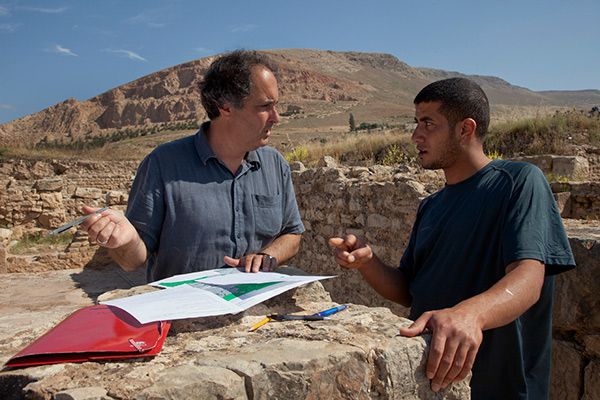
Tom Roby discusses a mosaic survey with local trainee Habib Yahiaoui
“Creating a sustainable conservation system in Bulla Regia powered by local individuals and resources is one of the ultimate objectives of the MOSAIKON initiative,” Leslie told me. “The Conservation Institute never simply conserves a site—we also seek local partners to work with who can continue to care for their country’s cultural heritage.”
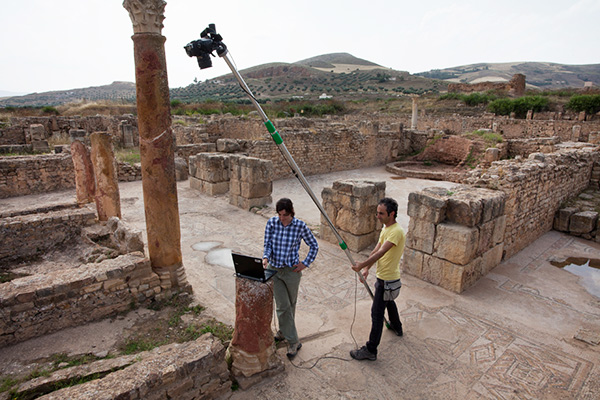
Leslie Friedman with Conservation Institute consultant Ermanno Carbonara photographing mosaics in the Maison de la Chasse
In the recent three-week campaign at Bulla Regia, the Conservation Institute team worked with two partners, the Institut National du Patrimoine of Tunisia and the World Monuments Fund, to develop and implement conservation measures in conjunction with site personnel for the architectural remains and mosaics of an entire ancient building, the Maison de la Chasse (House of the Hunt), which takes its name from a mosaic depicting a hunting scene.

Maison de la Chasse, Bulla Regia, Tunisia
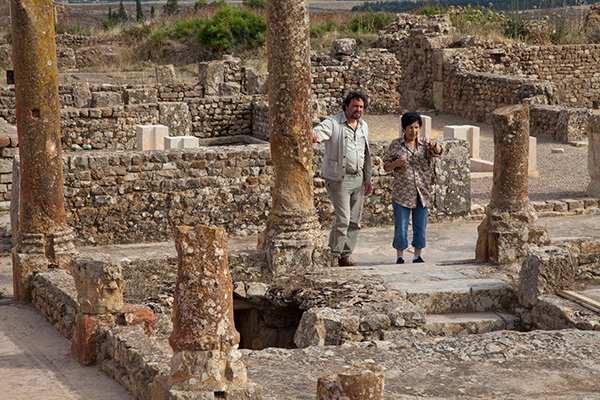
World Monuments Fund consultant Gionata Rizzi and MOSAIKON regional representative Aïcha Ben Abed
The Maison de la Chasse was also the location for three weeks of practical training recently carried out as part of MOSAIKON’s North African Regional Training Course for In Situ Mosaic Conservation Technicians. This was the third training session of this course, which began in 2012 in El Jem, Tunisia, and includes 13 participants from Morocco, Algeria, and Libya, as well as Tunisia. The course, developed and implemented by the Conservation Institute, involves classroom teaching and practical exercises on site.
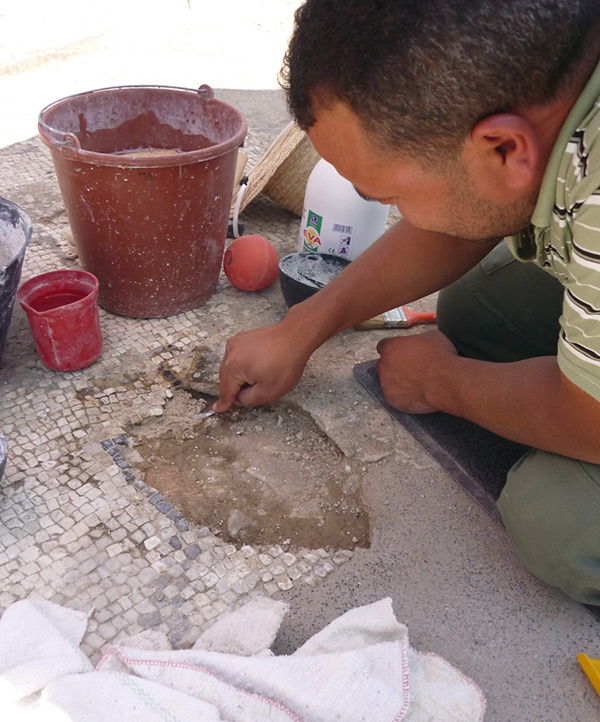
One of the course trainees carrying out practical fieldwork.
After completing work on mosaics at their home sites as part of the course curriculum, the trainees will return to Tunisia for the final training session this fall in El Jem.
“Having part of the course take place at Bulla Regia in the context of an ongoing conservation project has provided an excellent training environment,” Conservation Institute project manager Tom Roby observed to me, “and a model for what a team of technicians can achieve to conserve and protect in situ mosaics.” This fall, trained Bulla Regia technicians will complete the conservation treatment of mosaics at the Maison de la Chasse, while the Conservation Institute team further develops a conservation plan for the hundreds of mosaics in other houses and public buildings throughout Bulla Regia, including reburial of selected mosaics. The document will provide a much-needed planning model for large sites with mosaics elsewhere in the MOSAIKON Initiative region.
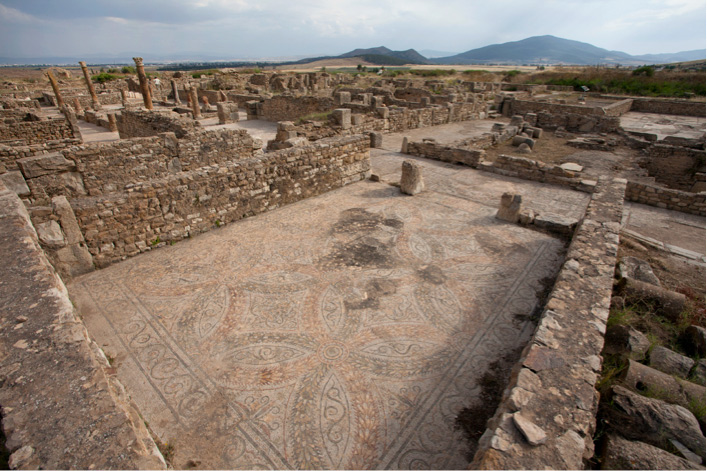
Maison de la Chasse, Bulla Regia, Tunisia
The Getty Conservation Institute’s work at Bulla Regia is generously supported by the GCI Council.




Comments on this post are now closed.